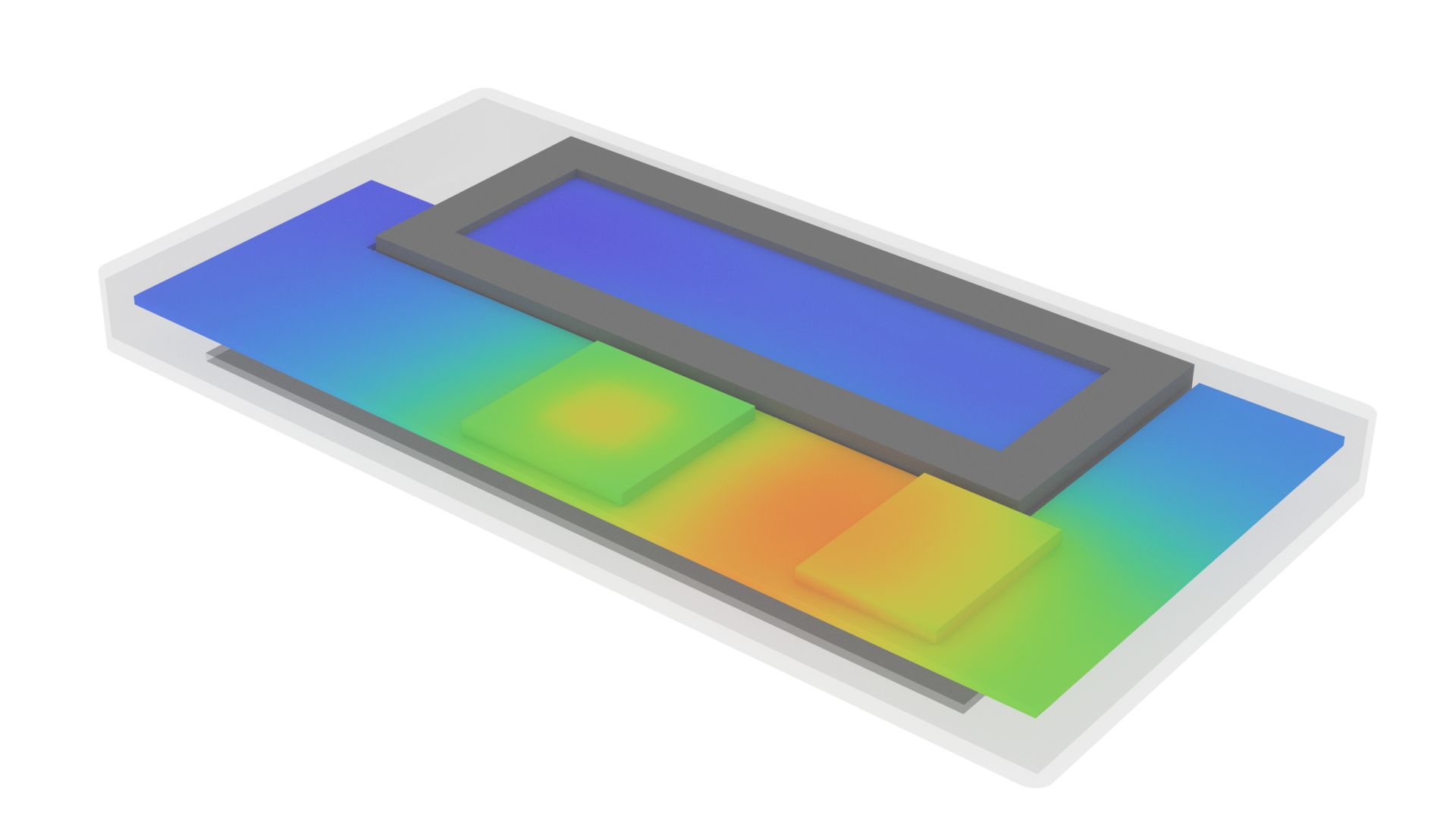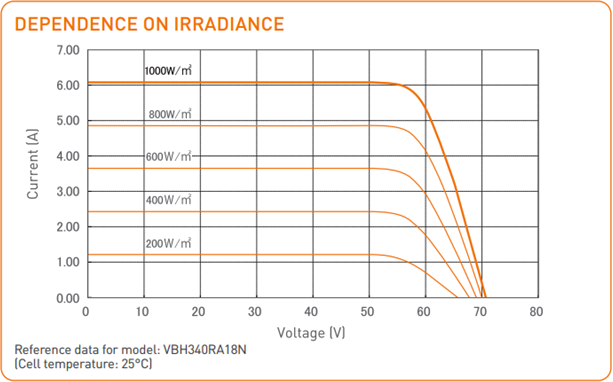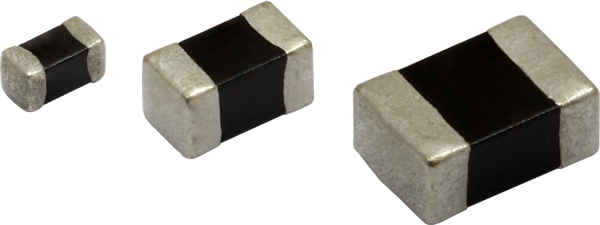Exploring Circuit Behavior Using Parametric Sweep
Featured Article | Matthew Walsh | 25 August 2023Powerful Capability Saves Time (Demo video embedded below)
Circuit simulation is a fundamental aspect of electronic design, enabling engineers to predict the behavior of circuits before physically implementing them. Among the various simulation techniques, parametric sweep stands out as a powerful tool. In this blog post, we will provide an overview of parametric sweep simulations, highlighting their significance, and provide a quick step-by-step demonstration of how to implement in PartQuest Explore to automate the process.










